Our Hand Drive wheelchair attachment uses a dual ratchet mechanism. One ratchet is naturally engaged by a spring and moves the wheelchair forward as you pump the handles. To move backwards, the user squeezes the brake on the handlebar which disengages one ratchet and engages the other, and the wheelchair moves backwards.
Because it is open source, it can be adapted for individual user's needs. For instance, if the user is a child and they have smaller hands, they can adjust the handles and handlebar length to fit. If the user has unusual wheels on their wheelchair, then they can adapt the attachment piece so it can fit snugly on their wheel as well.
 Kate Reed
Kate Reed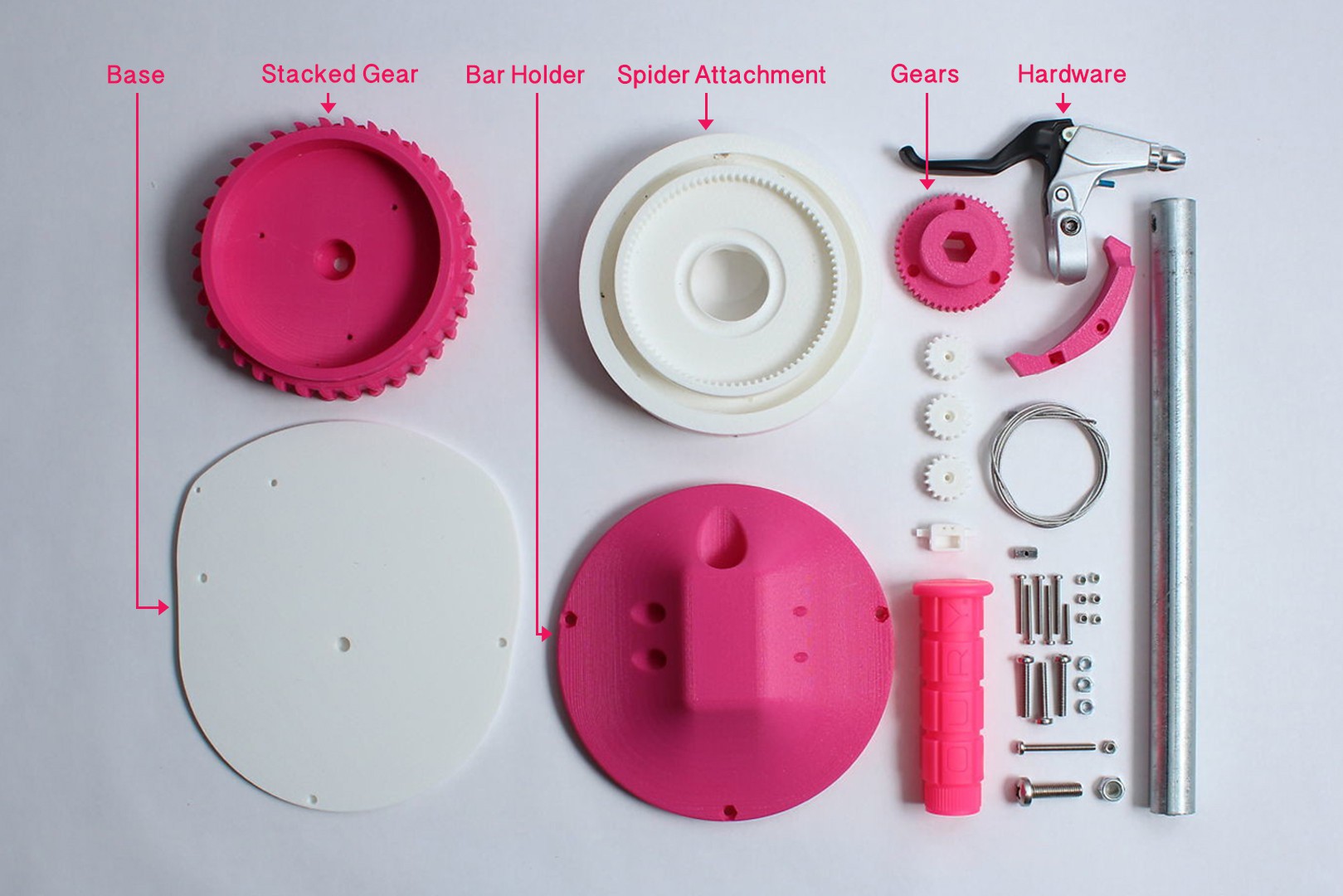
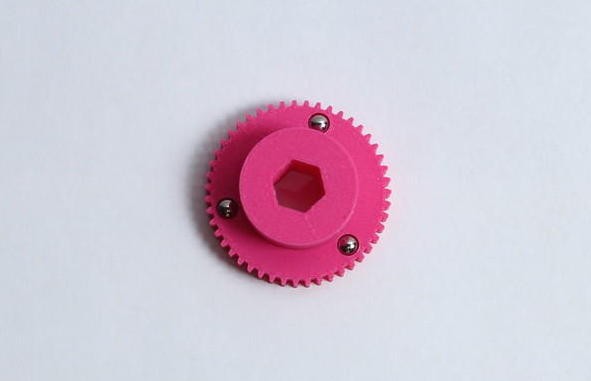

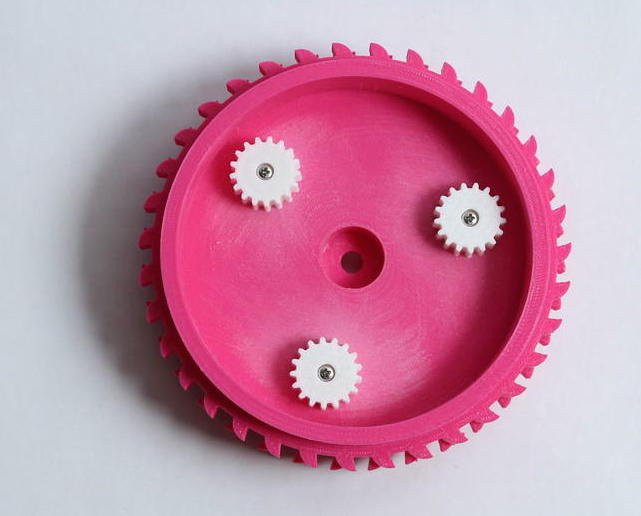 3)Take one M3 20 mm and put it through the ratchet. Sandwich the spring in between the ratchet and the M3 lock nut on top.
3)Take one M3 20 mm and put it through the ratchet. Sandwich the spring in between the ratchet and the M3 lock nut on top.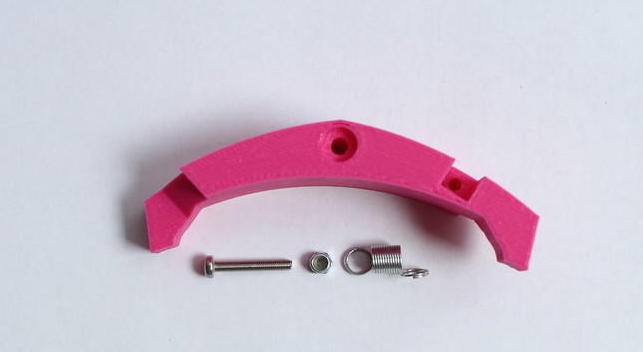

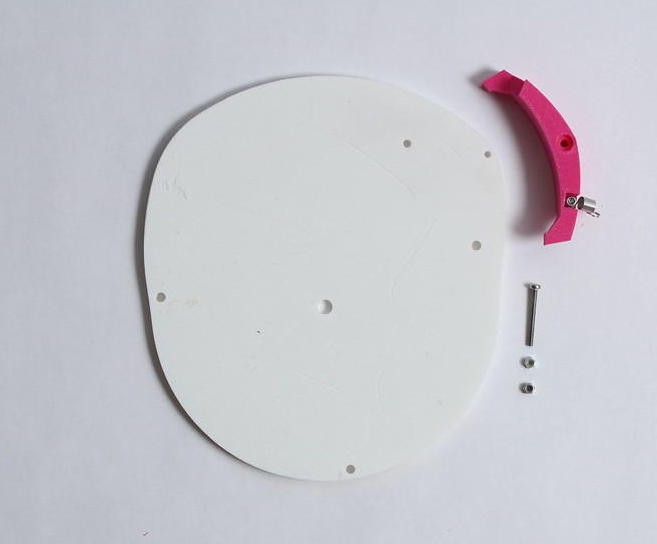
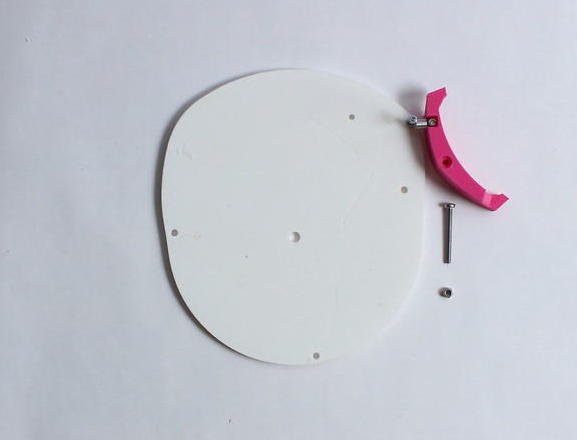

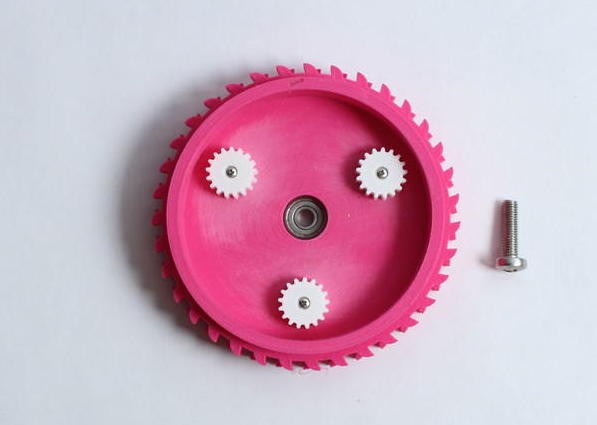
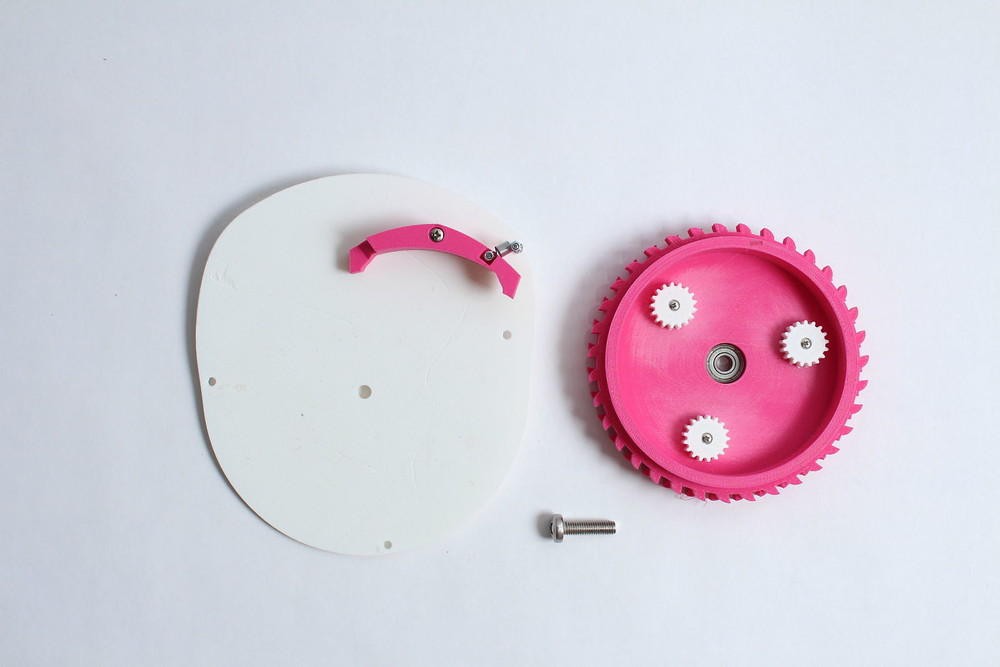
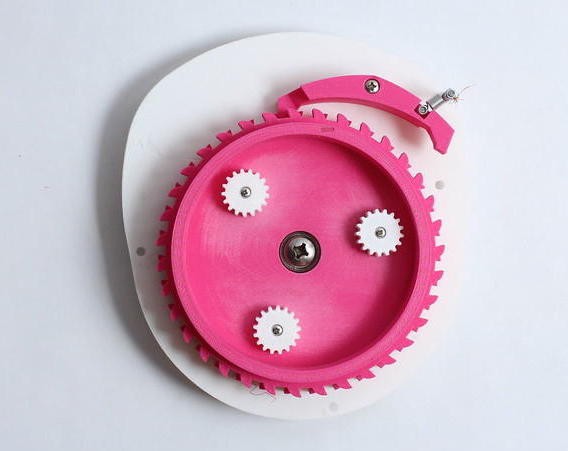

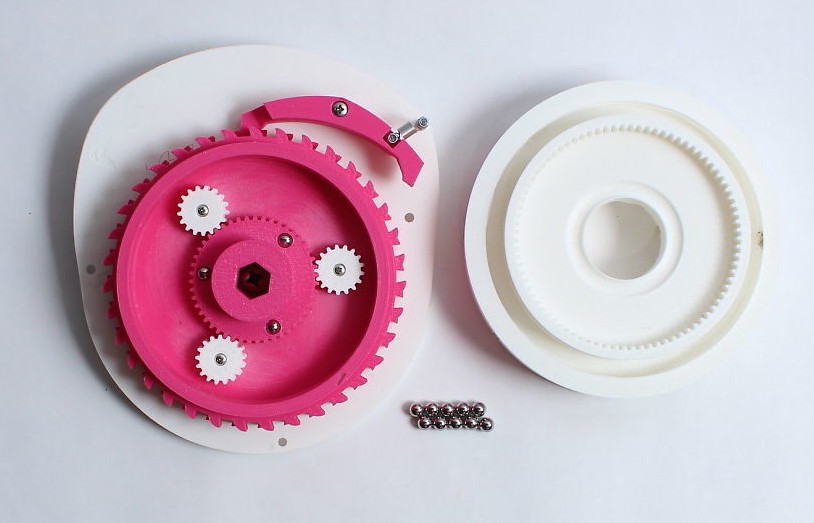
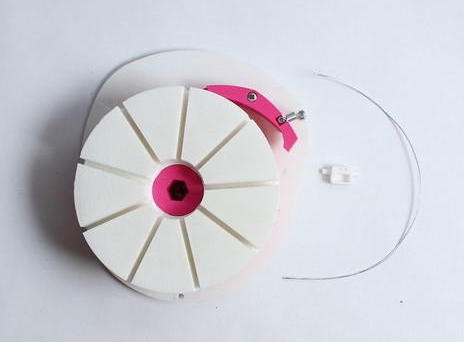
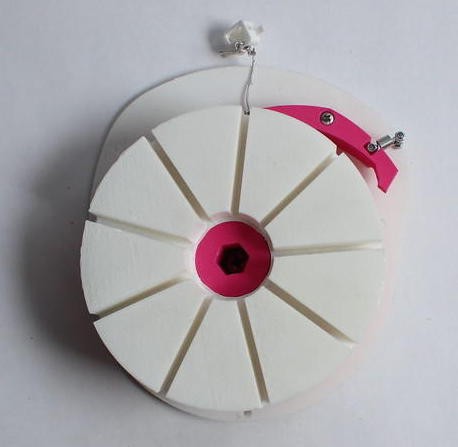

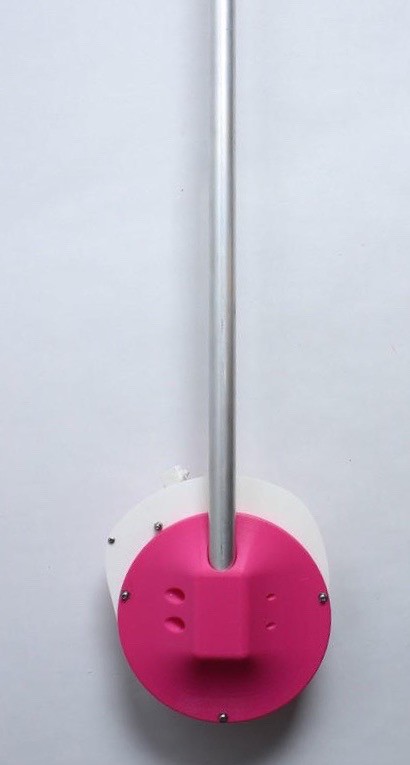
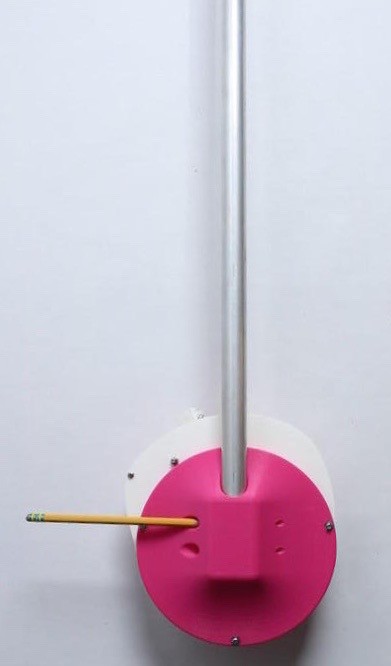
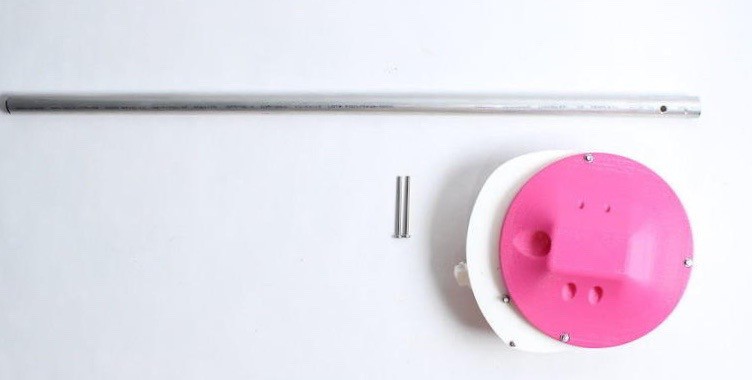
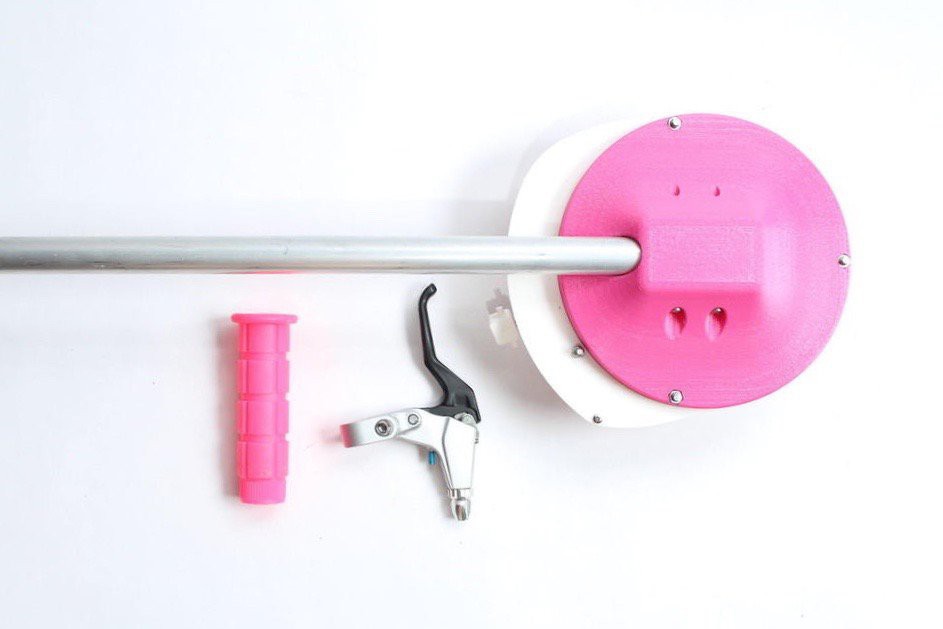
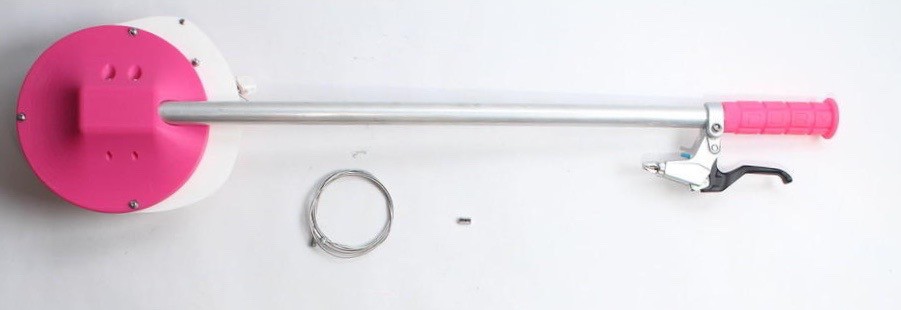
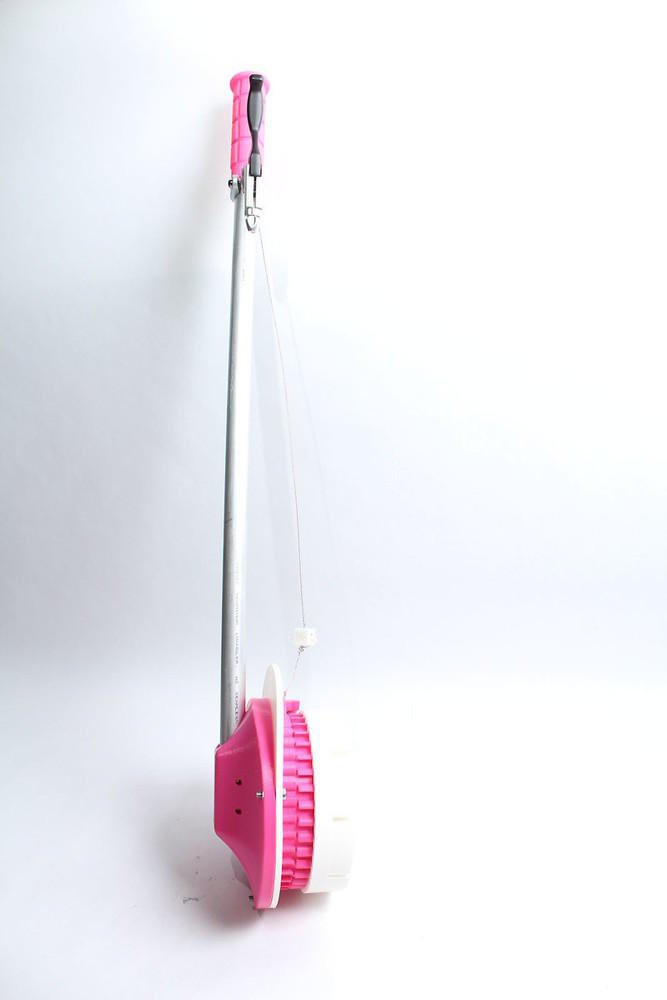
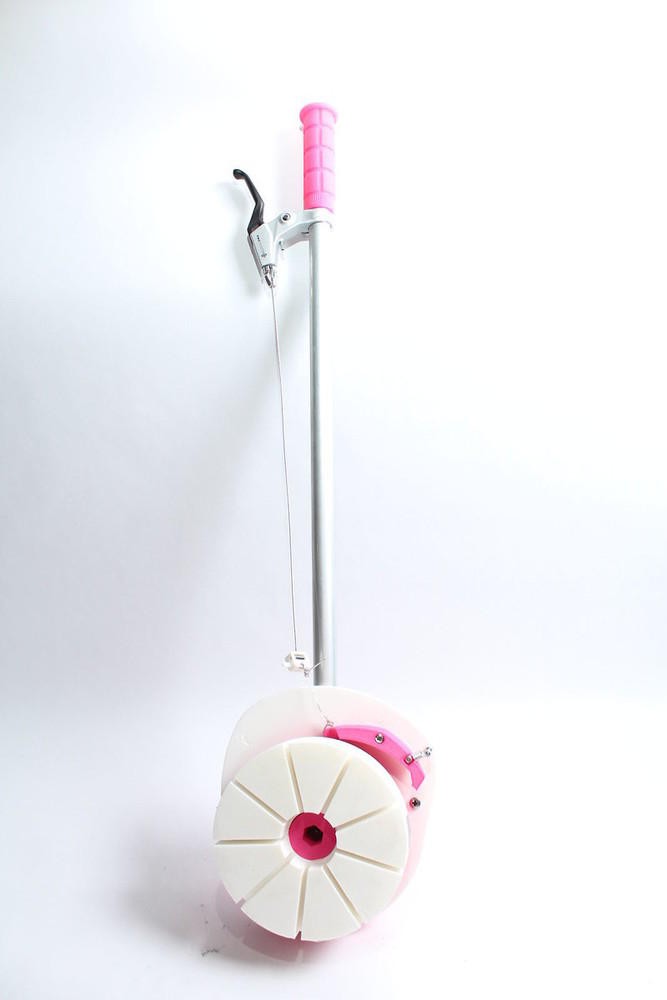








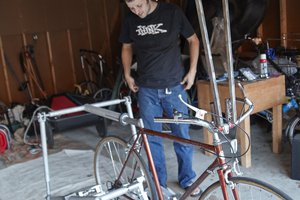
 Joseph Prosnitz
Joseph Prosnitz
 Junzhe Guo (Sebastian)
Junzhe Guo (Sebastian)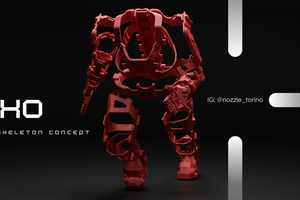
 Andrea Piccinno
Andrea Piccinno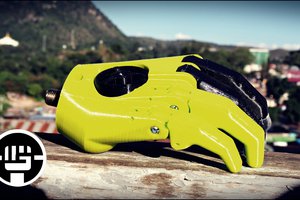
 Jason Bender
Jason Bender
How exactly does it connect to the chair? I have mountain bike tires on my chair (but with rims and quick release axels) and wondered if I need to modify.